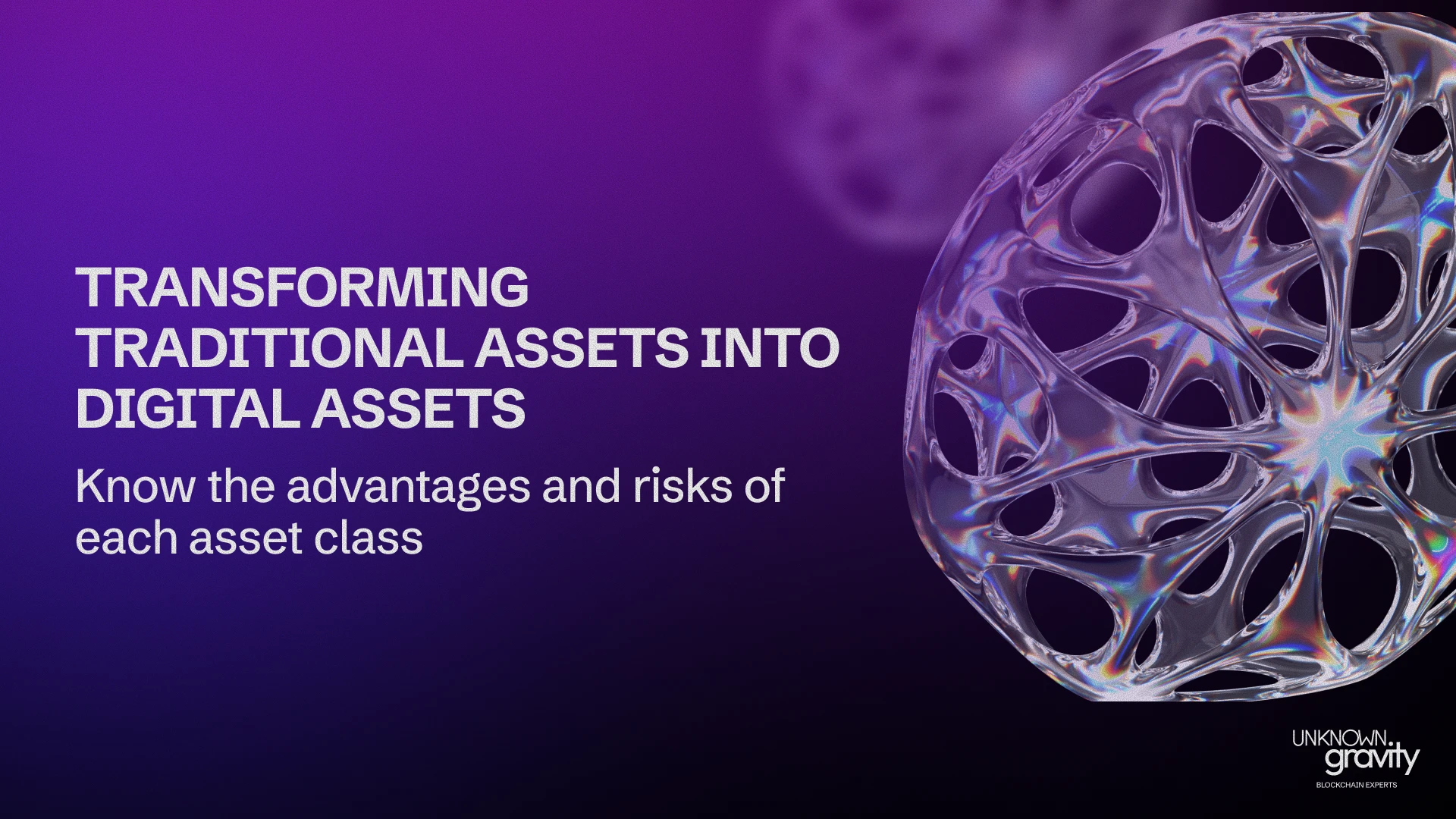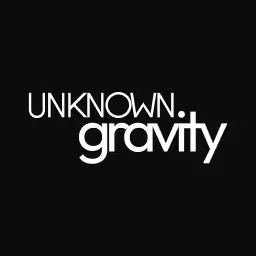The tokenization of assets is marking a decisive evolution in financial and equity markets.
We are no longer just talking about cryptocurrencies: now physical assets or rights traditionally represented on paper are also digitized.
From company shares to real estate, to debt instruments or pieces of art, more and more projects are betting on converting these assets into blockchain-registered tokens.
In this article, we explore How do you make that jump from paper to token, what are the available methodologies, what legal frameworks must be respected and what practical cases are already working.
What does it mean to tokenize a traditional asset?
Tokenizing an asset consists of represent the ownership, rights, or returns of a physical or financial asset using a digital token registered on a blockchain.
It's not just a matter of uploading a scanned document to the internet. Tokenization allows:
- Fraction the value of the asset
- Allow you to buy and sell in secondary markets
- Automate the distribution of benefits or payments
- Increase liquidity and traceability
Types of Common Assets That Are Tokenized
Real estate assets
- Fractional representation of property (equity) or income (debt)
- Successful cases in Switzerland, Germany and Spain with models such as RealT or Brickken
Art and collectibles
- Allows access to fractional investment
- Tokens can represent co-ownership or economic rights to future sales
Financial instruments
- Corporate debt, bonds, promissory notes
- Tokenization of financial assets using Security Tokens or Tokenized Bonds
Commodities and physical assets
- Gold, Diamonds, Energy
- The token acts as a digital receipt backed by a depository entity
Methodology for tokenizing real assets
1. Identification of the asset and its legal structure
Before issuing any token, it's crucial to determine:
- What type of asset is going to be tokenized?
- Is it legally divisible?
- What type of law do you want to represent? (ownership, usufruct, performance...)
2. Legal Assessment and Regulatory Compliance
Tokenization does not eliminate legal obligations of the underlying asset. It is necessary to:
- Determine if the token is a value (security)
- Comply with KYC/AML, financial, tax and consumer protection regulations
- Use clear jurisdictions (for example, Liechtenstein, Switzerland, Estonia, Spain under MiCA)
Key fact:
The European Union's MiCA framework does not cover Security Tokens. These are still regulated by MiFID II, which implies stricter requirements for their issuance and distribution.
3. Token model design
Technical and economic decisions:
- How many tokens will be issued?
- Which blockchain will be used? (Ethereum, Polygon, Avalanche, etc.)
- What standard? (ERC-20, ERC-3643, ERC-1155...)
- Will there be liquidity or repurchase?
- Do you allow peer-to-peer transfers or do you require whitelisting?
4. Technological development
- Smart contract programming
- Integration with identity and digital signature systems
- Control panel for the issuer and investors
- Smart contract auditing
5. Custody and Governance
- Who is the guardian of the actual physical or financial asset?
- What happens in the event of default, liquidation or sale?
- How do you vote or make collective decisions?
6. Distribution and after-sales
- Legal and clear communication about risks
- Distribution platforms (direct or via regulated platforms)
- Mechanisms for reporting and investor support
Case studies
Tokenized real estate in Germany
In 2022, the company Fundament Group issued tokenized bonds backed by real estate assets, authorized by BaFin (the German financial regulator). They allowed fractional investment with a minimum ticket of €1,000.
Debt tokenization in Latin America
In Colombia, Zinobe launched tokenized digital promissory notes backed by corporate debt, in collaboration with banks and with approval from the local regulator.
Tokenized gold in Switzerland
The MKS PAMP platform allows you to purchase tokens backed by physical gold stored in certified vaults, under the ERC-20 standard. Each token represents 1 gram of gold.
Key benefits of tokenization
- Liquidity: possibility to exchange fractions without the need to sell the entire asset.
- Accessibility: lower entry tickets, ideal for small investors.
- Transparency: traceable transactions in real time thanks to the blockchain.
- Automation: payments, distributions or rights are automatically managed via smart contracts.
Current Risks and Barriers
- Incomplete or fragmented regulation: some countries still lack clear legal frameworks.
- Lack of technical standardization: many tokens are not interoperable.
- For traditional investor education: training and communication work is required.
- Custody Challenges: it is still complex to integrate traditional systems with blockchain custody.
Conclusion
Tokenizing traditional assets isn't just about digitizing documents: it's Transform the structure of ownership and participation in real assets.
This well-executed transformation can open up markets, attract capital, provide liquidity and modernize entire sectors.
The key to success is not only in technology, but in a rigorous legal, economic and operational approach.
Those who master this transition will not only gain efficiency, but also market confidence and competitive advantage.
Are you thinking about tokenizing a real asset?
From Unknown Gravity, we help you legally, technically and strategically structure your tokenization project.
Request a free diagnostic session.
















.webp)
.webp)





































.png)
.webp)
.webp)
.webp)
.webp)
.webp)
.webp)
.webp)
.webp)
.webp)
%20(1).webp)
.webp)
.webp)
.webp)

.png)
.png)
.png)



